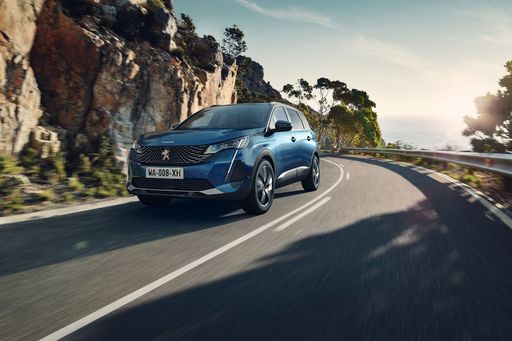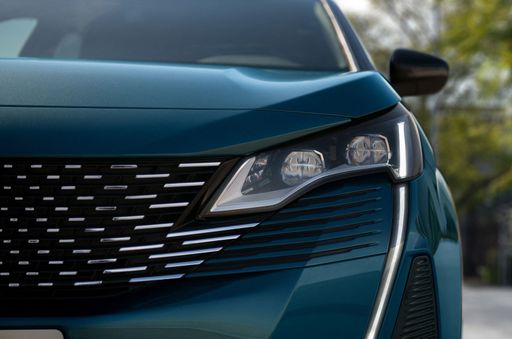The Versatile Showdown: Citroen C5 Aircross vs Peugeot 5008
In the ever-evolving landscape of SUVs, the Citroen C5 Aircross and Peugeot 5008 stand out as compelling options for family-oriented drivers and adventurers alike. Both models offer a plethora of features and innovations that enhance comfort, performance, and practicality. This comparison dives into their technical specifications, innovations, and which might best suit your needs.








